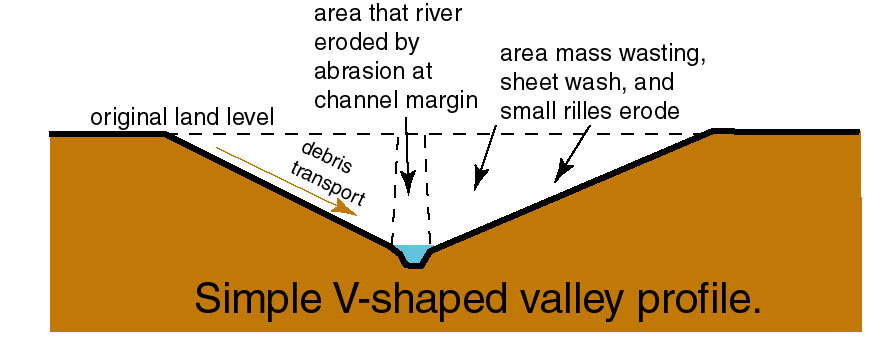


The late Derald Smith, a geomorphologist and sedimentologist at the University of Calgary, was fascinated by these geomorphological features and the underlying deposits. They also notice that the concave-bank deposits are finer grained than the point bars, they are associated with downstream translation of the entire channel bend, and this translation seems to be the result of confinement by a valley wall that is resistant to erosion.Ĭonfined meanders of the Fort Nelson River, British Columbia, Canada.

The figure below comes from a 1982 paper by Page and Nanson and it illustrates the difference between point bars and ‘concave bench deposits’. Although some of the bends in Grabau’s figure become asymmetric through time, this rule still applies, and it seems like he wanted to emphasize that the asymmetry can go both ways relative to the flow direction.Īlthough relatively simplistic representations like these are still common, it has been recognized more than 50 years ago that deposition in meandering rivers can occur on the ‘wrong’ side as well, that is, on the concave bank. In other words, inner, convex banks in a meandering river are depositional and outer, concave banks are erosional. Grabau, an early ‘influencer’ in stratigraphy and sedimentary geology, published a beautiful drawing of how meanders grow, point bars evolve, and oxbow lakes form, more than a hundred years ago:ĭiagram illustrating the development of meanders in a river. The simplest definition of point bars is that they are sedimentary deposits forming on the inner, convex bank of river bends.


 0 kommentar(er)
0 kommentar(er)
